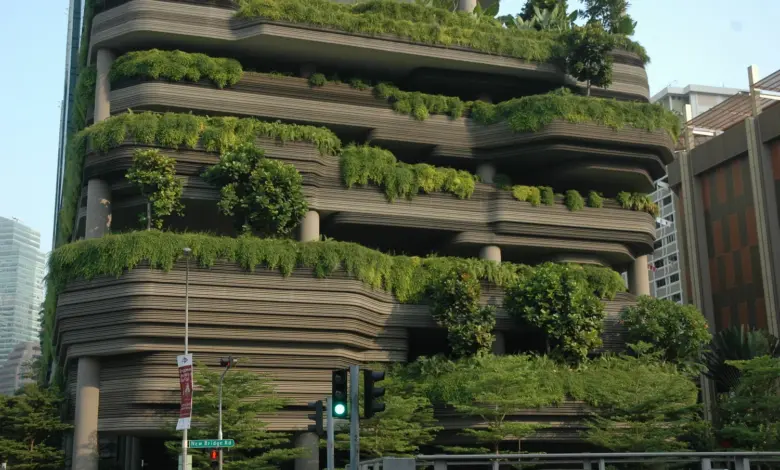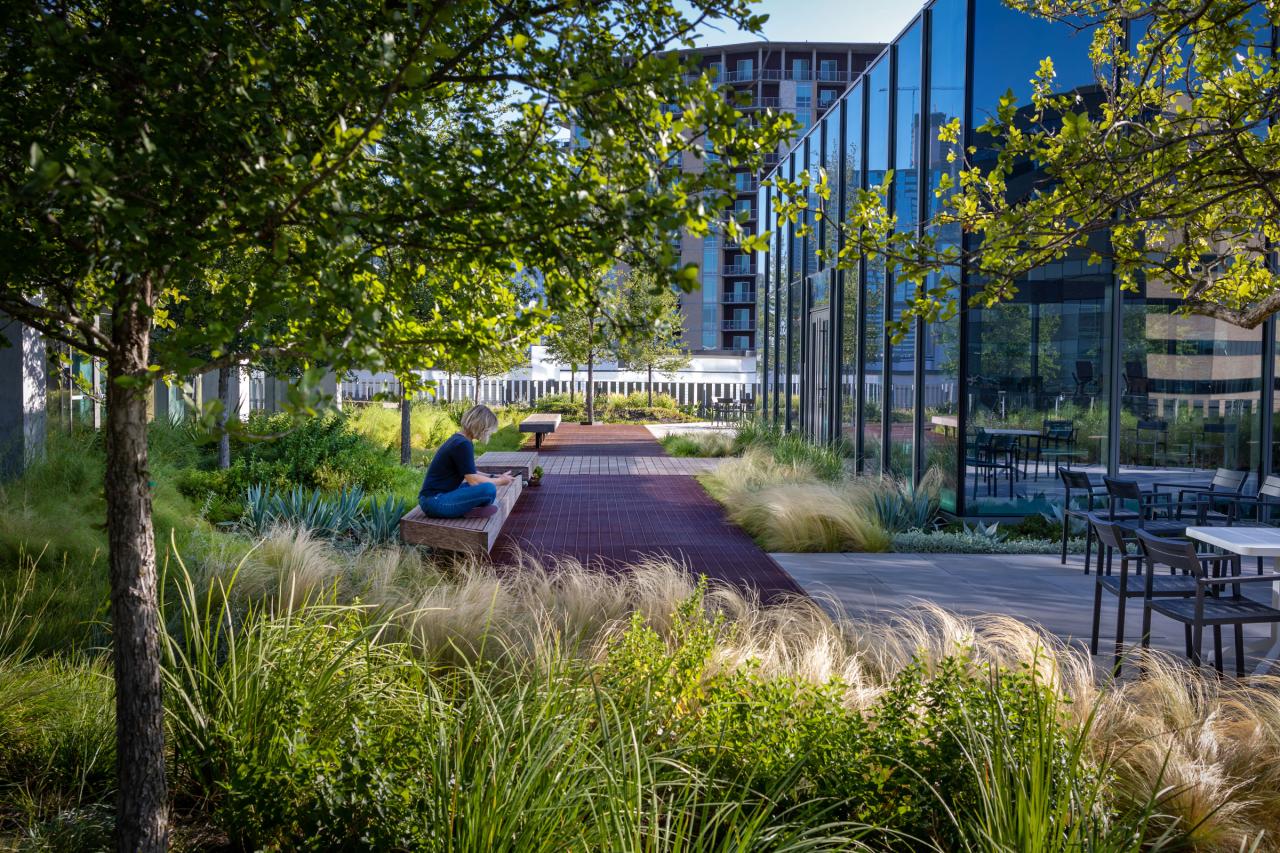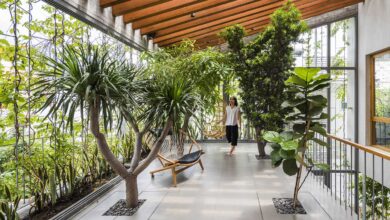Biophilic Architecture: Where Nature Meets the City

In the world of today that is fast urbanizing and fast growing, cities are becoming denser, more crowded, and more isolated from nature. But now with the new trend in biophilic architecture, we are redefining our urban planning and designing of cities by bringing nature back into our urban setting. It’s not a design philosophy alone; it’s designing spaces that promote human well-being and sustainability as well.
What is Biophilic Architecture?
Biophilic architecture stems from the belief that human beings have an innate affinity with nature. Using natural light, plants, water bodies, and natural materials in cities, architects attempt to design healthier and calmer environments. In contrast with conventional design, the approach focuses on experiences—encouraging users to unwind, get creative, and become more attuned to their surroundings.
Why Biophilic Design Matters in Cities
Urbanization subjects an individual to pollution, stress, and poor access to green spaces. Biophilic architecture is thus a necessary intervention in filling the urban city and nature gap. For example, green roofs, vertical forests, and green walls inside buildings clean air as well as enhance mental concentration and reduce the stress level. Secondly, such areas save energy by regulating temperature and anti-urban heat island effect.

Real-Life Applications of Biophilic Buildings
From the Bosco Verticale of Milan to Singapore’s Gardens by the Bay, biophilic buildings are making waves all around the world. They showcase the power of nature-mimicking design in transforming city environments, with advantages both ecological and social. Moreover, corporate offices adopting biophilic ideology are seeing reduced absenteeism, improved productivity, and increased employee engagement.
The Future of Nature-Embedded Cities
And as sustainability is the new wave in building design, so too will biophilic architecture be leading the charge in urban development. With the green technologies at our disposal today, cities can integrate natural systems into dense urban living environments without any conflict. Finally, biophilic architecture is not a fleeting fashion trend in building design; it is an evolution towards healthier, more resilient, and people-centered urban spaces.

